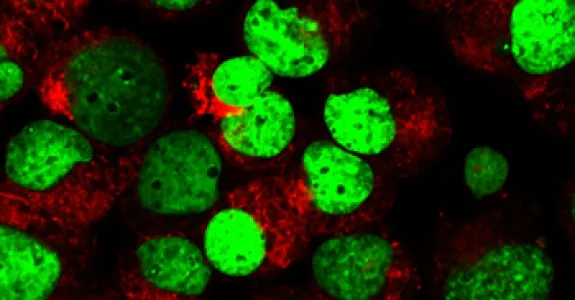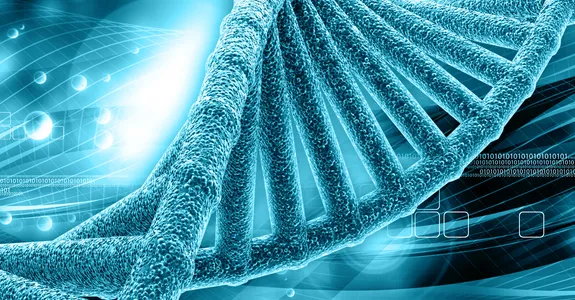
Dr. Brown's laboratory investigates the gene expression scripts of the yeast and human genomes - their organization, physiological logic and the molecular mechanisms that control them. Over the past decade, they have characterized gene expression patterns in thousands of human cells and tissues under diverse conditions. These studies have given them detailed molecular pictures of the programmed responses of the human genome to diverse physiological and pathological conditions, insights into the mechanisms by which these processes are deranged in cancer and other diseases, and new ways to diagnose, classify and predict behavior of human cancers.
Their recent work has convinced them that post-transcriptional control of the localization, translation and degradation of each messenger RNA by specific RNA-binding proteins plays a much richer and more important role in biological regulation than previously suspected. They are now developing and using genetic, biochemical and computational approaches to systematically map out the regulatory circuitry and molecular mechanisms that control the life history of each gene’s RNA transcripts.
Dr. Brown's laboratory is characterizing the gene expression patterns in thousands of human cells and tissues under diverse conditions. These studies provide detailed molecular pictures of the programmed responses of the human genome to diverse physiological and pathological conditions, and clues to the mechanisms by which these processes are deranged in cancer and other diseases. They focus most of this effort in four areas:
- Systematic investigation of the global program and molecular mechanisms of post-transcriptional regulation of gene expression in development, physiology and disease.
- Defining the cellular and molecular composition of human tissue and tumor microenvironments; understanding how they influence the survival, proliferation, differentiation and physiology of normal and cancer cells.
- Identifying patterns of gene expression that can be used to detect and precisely identify human cancers and predict their potential for progression or response to specific therapies.
- Developing new strategies and technologies for diagnosis and early detection of cancer.



